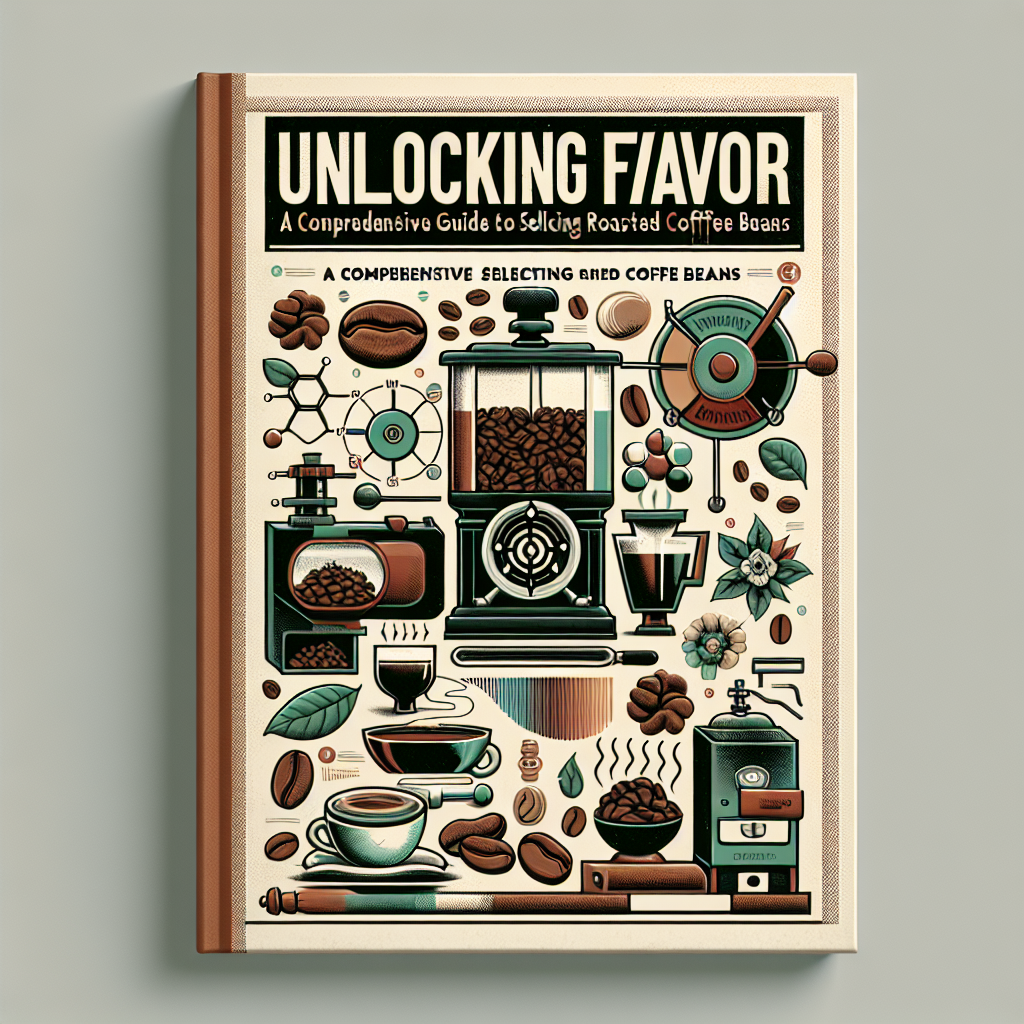“`html
The Journey of Robusta Coffee: From Bean to Brew and Its Growing Popularity in Specialty Coffee Markets
Introduction
Coffee enthusiasts across the globe have seen a significant shift in consumption trends over the last few years. Amidst this evolution, Robusta coffee is gaining newfound appreciation within specialty markets, bringing curiosity and intrigue to coffee connoisseurs. This journey from cultivation to cup is not just about flavor but also about understanding the economic and cultural significance of different coffee types. Today, we delve into Robusta coffee, exploring its unique characteristics that differentiate it from its more famous cousin, Arabica.
Understanding Robusta Coffee: An Overview
| Characteristic | Description |
|---|---|
| Definition | Robusta coffee comes from the Coffea canephora plant, known for its resilience and higher caffeine content. |
| Flavor Profile | Earthy, nutty, and woody flavors, often with a noticeable bitterness. |
| Bean Shape | Rounder and smaller compared to Arabica beans. |
| Origin | Primarily cultivated in Africa and Southeast Asia, particularly Vietnam and Brazil. |
| Caffeine Content | Approximately 2.2 – 2.7% caffeine content, more than Arabica which has about 1.2 – 1.5%. |
| Economic Significance | Robusta coffee plays a crucial role in the global coffee market, especially in instant coffee production and espresso blends. |
| Growing Conditions | Thrives in lower altitudes with less susceptibility to pests and diseases compared to Arabica. |
Robusta coffee finds its roots in Africa and has, over the decades, made its mark globally, especially in Southeast Asia. Despite being less known than Arabica, Robusta coffee offers a fascinating flavor profile and unique characteristics that are drawing interest from coffee lovers and specialty markets.
Flavor Profile: What to Expect from Robusta
Robusta coffee is celebrated for its strong flavor which presents earthy, woody, and nutty tones with a distinct bitterness. Compared to the milder and sweeter Arabica, Robusta appeals to those who appreciate robust flavors. The growing conditions of Robusta contribute significantly to its flavor, with terroir influencing diversity and depth.
The bitterness often associated with Robusta is not a downside but an opportunity for flavor innovation, especially in espresso blends. The unique flavor components make it suitable for bold brewing methods, providing a canvas for exploring taste nuances intensified by the roasting process.
The Science Behind Caffeine: Robusta vs. Arabica
One of the standout features of Robusta coffee is its high caffeine content, which ranges between 2.2% to 2.7%, nearly double that of Arabica. This caffeine abundance acts as a natural pesticide, often allowing Robusta to grow with fewer pest-related issues. While this feature contributes to its bitterness, it also offers health benefits associated with moderate caffeine consumption.
Understanding caffeine levels is fundamental in today’s informed consumer market, where buyers are actively seeking products with a specified caffeine kick, particularly noted in specialty coffee markets.
Geographic Origin and Cultivation: The Landscape of Robusta
Robusta coffee thrives in warmer, humid climates with lower altitudes. Major producers like Vietnam and Brazil stand out in the global coffee market, providing significant contributions to Robusta production. However, the cultivation is not without its challenges, including climate change and pest management, which impact agricultural practices.
Efforts towards sustainable practices are increasingly affecting Robusta farming, with certification programs emerging to improve resilience and economic conditions for farmers involved in this integral part of the agricultural community.
The Brewing Process: Mastering the Robusta Cup
When it comes to brewing, Robusta coffee offers excellent versatility. Recommended methods for enhancing its rich flavor include robust espresso preparations and blends. The grind size plays a pivotal role in flavor extraction, with temperature and brewing time crucial for capitalizing on its bold character.
For home baristas, understanding the intricacies of Robusta coffee can lead to crafting unforgettable coffee drinks. Pay attention to grind size, water quality, and brewing time for optimal flavor and to enhance the signature crema that Robusta is known for.
The Future of Robusta Coffee in Specialty Markets
The landscape of coffee consumption continues to evolve, with Robusta occupying an emerging space within specialty markets. More cafes are experimenting with artisanal blends, introducing diverse offerings that embrace Robusta’s distinct flavor profile. This expanding interest is not only reshaping consumer preferences but also opening avenues for innovative coffee experiences.
With education and increased appreciation among consumers, Robusta coffee is poised to achieve a prominent place alongside Arabica. The industry faces challenges yet holds vast opportunities for growth and market penetration as more people become aware of its potential.
Exploring the World of Coffee: Our Call to You
The journey of Robusta coffee from bean to brew is a testament to its rich legacy and potential. As coffee culture continues to embrace diversity, Robusta stands as a symbol of tradition meeting innovation. We invite you to continue this exploration and here for more insights into the vibrant world of coffee, where you can discover a range of coffee brewing techniques and recipes. Join us in supporting sustainable coffee cultivation and savoring the unique flavors of Robusta.
“`
Shop at Breville now!
https://breville.oie8.net/oqDqrE
Shop RobustaCoffee Beans at Amazon now!
Click here





